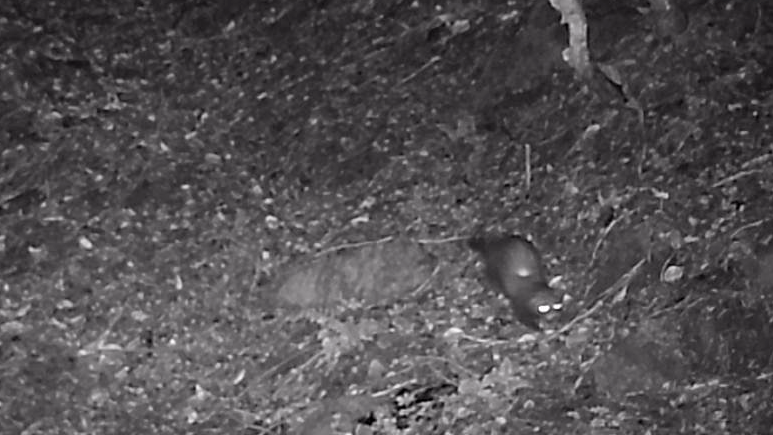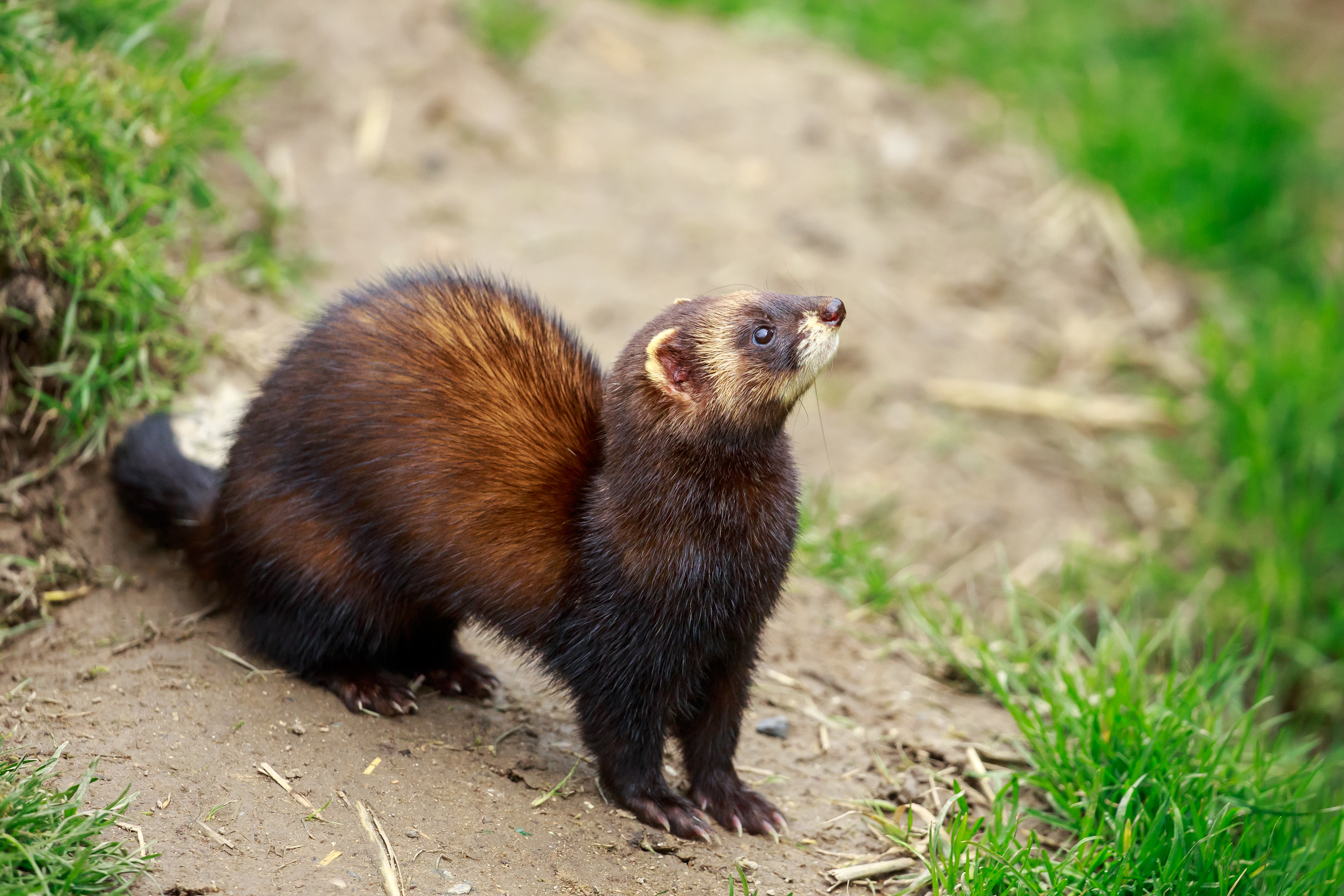Last June, for the first time in more than 50 years, images were captured showing the presence of a European polecat in the Aran Valley.
The recording of the images is part of the mesocarnivore monitoring project being carried out by the Felis Group of the Catalan Institution of Natural History (ICHN) and the Barcelona Zoo Foundation, which in the Aran Valley has the support of the Aran General Council and the collaboration of volunteers from the Aran for the Natura Association.
To carry out this project, more than thirty monitoring stations have been set up in different parts of Catalonia, each with 12 camera traps. The images have been captured by one of these cameras located in a plot of land belonging to the Barcelona Zoo Foundation. The last record of this endangered species in this area of the Pyrenees dates back to the 1960s.

Current situation of the European polecat in Catalonia
The European polecat in the Aran Valley (Mustela putorius) is classified as an endangered species according to the new Catalogue of Threatened Fauna of Catalonia. This is the highest category of threat in the catalogue, making it the most endangered carnivorous mammal in the fauna of Catalonia.
Over the last 30 years, the population of this species and its area of distribution has been drastically reduced until reaching the current situation, in which the polecat inhabits only a few points in the counties of Girona, in the plains of 'Alt i Baix Empordá and, in a testimonial way, in the headwaters of the river Ter in the region of Ripollés.
Based on this situation, the Department of Climate Action, Food and Rural Agenda of the Government of Catalonia, the Barcelona Zoo Foundation and the Trenca Association founded the TuroCat project in 2018, with the aim of reversing a situation that brings the polecat closer to extinction in Catalonia. Hence, one of the main actions of the project is its reintroduction in areas where it has disappeared, as well as the population reinforcement in areas where there are still individuals. TuroCat is nourished by the monitoring of mammals carried out within the framework of other projects such as the Felis Group's mesocarnivore monitoring programme.

The Barcelona Zoo Foundation sets up multidisciplinary teams with the aim of planning and carrying out ex situ conservation projects (EEP) and in the environment itself, with the collaboration of research centres, administrations, leading NGOs and the scientific community. Projects such as the reintroduction of the colubrid, the newt and the blue tit are proof of this trajectory.



